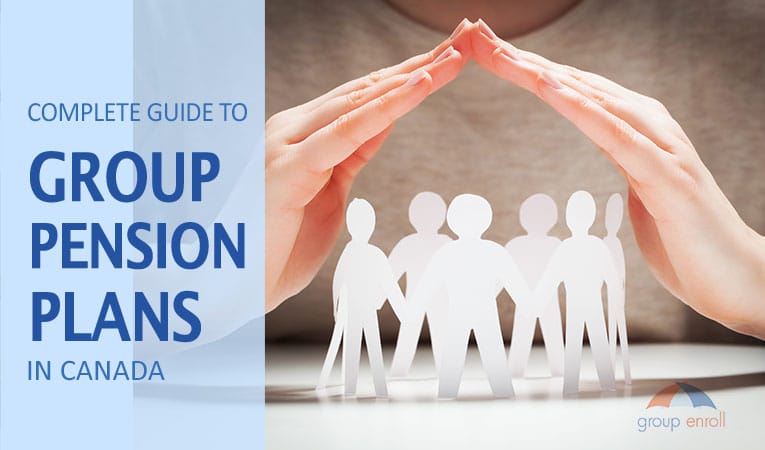Disasters in Canada are a more common occurrence than one may expect. Crime, mechanical, and health failures of key staff can easily happen anywhere. And though some regions are more likely to experience natural disasters than others, these events can cause major property damage to businesses everywhere. Small business disaster preparedness involves proactively creating a plan to manage a variety of scenarios so that your business can adjust should a disaster occur.
For example, fires can happen unexpectedly, causing costly destruction. According to Statistics Canada, over 19,000 structural fires occurred in 2014, affecting both enterprises and residential properties. Disasters can occur anywhere, wreaking havoc and proving detrimental to small business operations without an emergency plan.
Table of Contents
5 Steps to Create an Effective Small Business Crisis Management Plan
Small business disaster preparedness is essential to include in your business plan and staff training. However, some business owners may find it difficult to begin planning for such a disaster. Follow these steps to create and implement an effective crisis management plan.
1. Designate a Responsible Party
If your business is small, you should take charge of planning how to handle crises. However, if you are particularly busy or if your business is large enough, you can appoint a member of your management team to handle disaster planning.
Separating the leader of crisis management from the person who makes executive decisions is always best, as they can better focus on the planning process. However, not all small businesses have the resources to dedicate a separate leader to crisis management, so always work within your means.
2. Determine Which Disasters Your Business Is Most Likely to Experience
Think about the following factors that could contribute to a disaster when creating your business continuity plan:
- Geographic location: When planning for disasters, location is key. For example, properties on the east coast are more likely to suffer from floods, freezes, and high winds. If you live in an area surrounded by forests, a wildfire has more potential to affect your business, while your city-based business may face crime or theft.
- The likelihood a particular disaster will occur: The best way to determine the vulnerability of your business is to look up statistics within your area and consider what risk factors may increase your likelihood of experiencing an event. For example, is your business located near a major road, body of water, or railway? Do you store dangerous goods, or does your manufacturing process involve heavy equipment?
- Your business’s specialty: The nature of your business will increase certain risk factors. For example, if your staff often handles heavy equipment, human error can cause either property damage or health problems.
3. Take Preventive Measures
Take the following preventive measures based on what disasters you think will most likely occur:
- Security: Ensure that you implement security related to data backup, passwords, firewalls, and protection of sensitive information within your digital systems. Install a physical security system with alarms and cameras depending on what you believe is most necessary.
- Potential failure of equipment: If your business uses machinery, part of your small business disaster preparedness plan should include replacing old equipment and regular maintenance appointments. Make sure that your staff receives proper training on operation and safety procedures as well.
- Evacuation plan: Ensure that you know what natural disasters are most likely to occur in your area and create a safety/evacuation plan based on that information. For example, you should install fire safety equipment and keep flammable materials away from heat. If floods often occur in your area, ensure that electronic equipment will not get wet and keep hard copies of important documents in a safe and dry place that won’t flood.
- Invest in life insurance for key staff: Investing in life insurance provides your company with financial protection in the event of your death or that of one of your key members of management. Life insurance can keep your business afloat in the event of such a loss and is common practice in the business community.
4. Create an Emergency Plan
- Create a standard evacuation procedure: Establish as many emergency exits as possible, as well as the best routes to reach them in case a disaster occurs. Establish two locations outside your building where staff should report to ensure they’re safe, as well as how to report when all staff is present (thus determining if someone is gone). Make sure that you have a first aid kit and take further necessary precautionary measures and training if you are in a rural community.
- Create a readily-available list of emergency numbers: Make sure to include your number, that of your crisis manager, banks and merchants that you work with, any major clients or suppliers, your insurance company, and any other resources that you think would be important to contact in case of an emergency. Make a physical and digital copy of the list.
- Back up records, contracts, and information necessary to operate your business: Keep an emergency electronic and paper copy of important documents in a secure location in case of disaster.
- Invest in group health insurance plans: Though Canada’s public healthcare system is effective, an insurance company can provide private healthcare that will help your staff receive necessary treatments faster. Group health insurance can help cover physical therapy and hospital visits, which may prove necessary if your staff sustains an injury while operating heavy machinery.
5. Practice and Update Your Plan as Needed
Make sure that you practice your evacuation plan every six months with your staff to ensure that it is routine in case of a disaster. Also, review your business continuity plan once a year by yourself and update it as needed. Then, review safety and emergency procedures with your staff annually to ensure that they remember and take safety seriously.
Post-Disaster Preparations
Make sure that you consider the following questions about how your business would function after a disaster while creating your business continuity plan:
- How will a disaster affect my suppliers? How would it affect my clients?
- Where will my business operate if my property sustains damage? Pick an emergency location.
- How will I communicate with my staff, business partners, suppliers, and customers in the event of a disaster?
- How will I access money in the event of a crisis? Consider keeping an emergency fund of physical cash in a safe place.
- What insurance do I need to best protect my business and employees?
Ergonomic Hazards in the Workplace: How Do They Affect Performance?
What is business incorporation and how does it work? This article explains it all.
Group Enroll: Group Insurance Plans Your Staff Needs
If you are ready to create a small business disaster preparedness plan, consider investing in group insurance for your team. Our insurance brokers at Group Enroll can help you decide on which plans are the most necessary for your business, as well as provide you with the best proposals for your needs.
To start the application process, fill out our online form or email us at [email protected]. We’ll review your needs and email or call you to gather more information. Next, we contact our insurance partners and sort through their proposals to determine the best plan for you. We compile five to ten of the best offers and forward the most competitive proposal to you. Contact us today.








